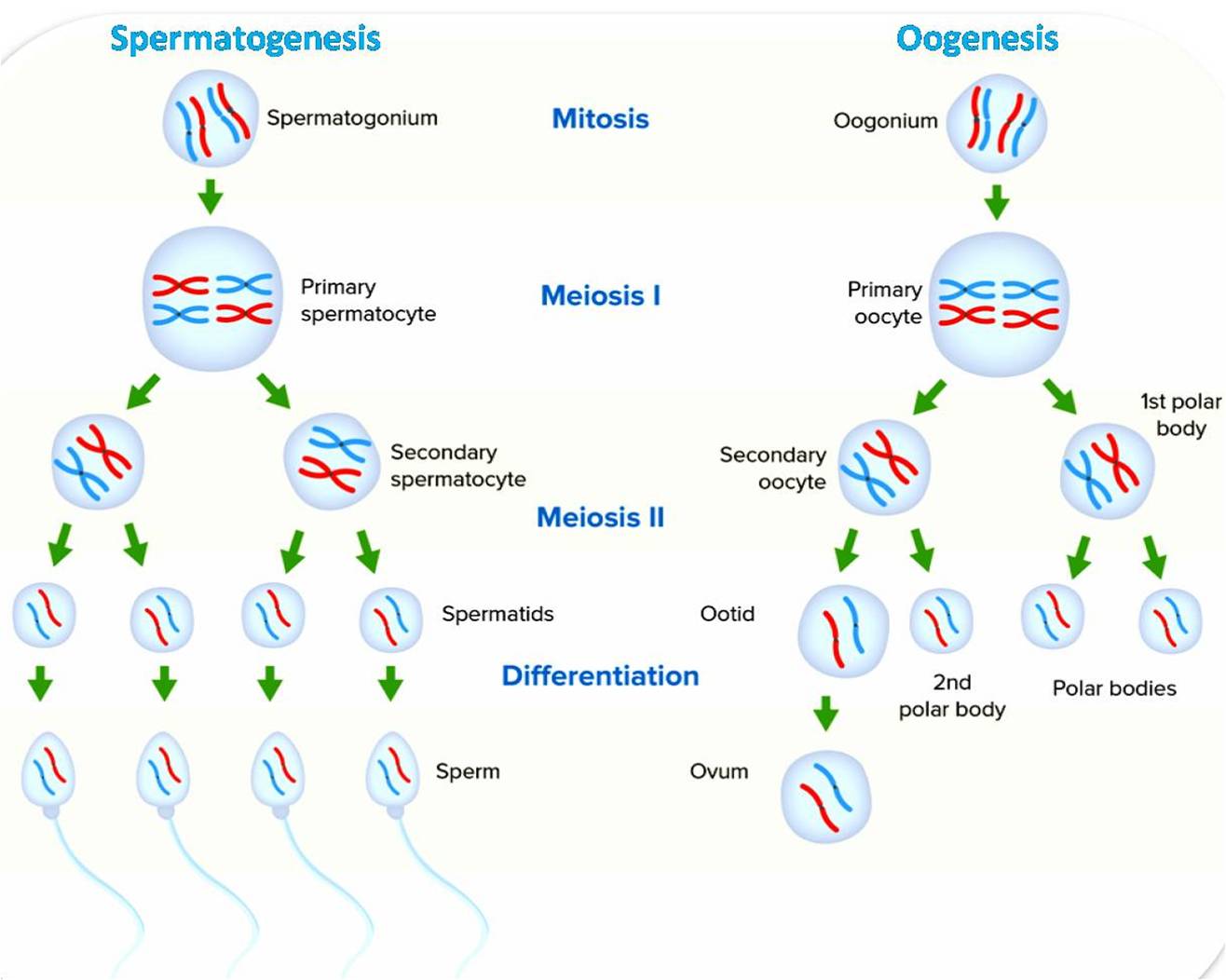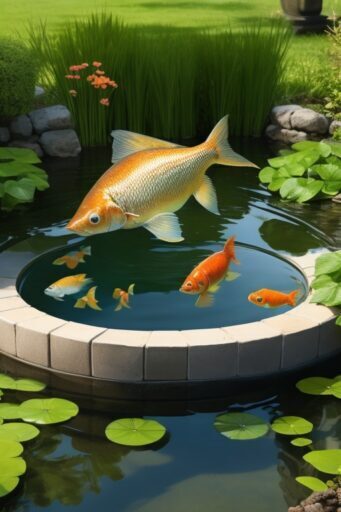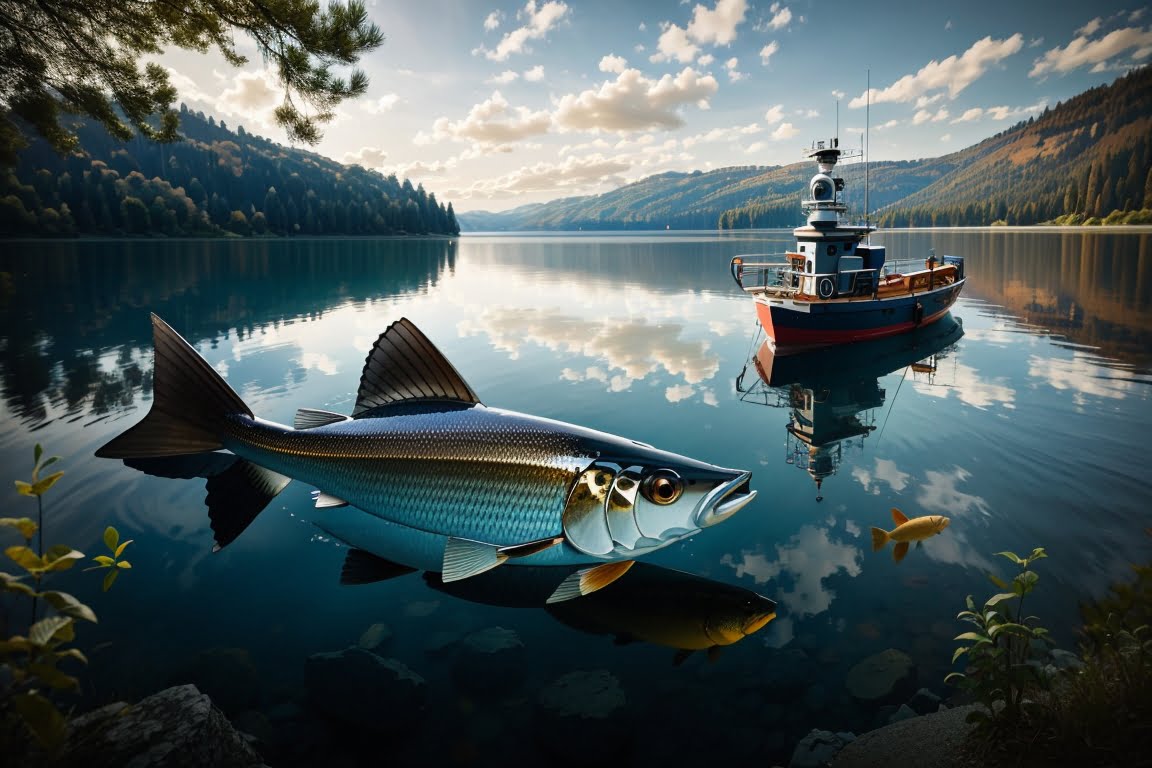Capture Fisheries in India – introduction: Capture fisheries is intentional with the catching of fishes and also other aquatic edible animals like crabs, prawns, sea-cucumbers, shales, edible bivalve, lobsters, pearl oysters etc. From prehistoric human beings were familiar with the capture fishery centuries accepted for him to observe and understand the possibilities of culturing the fishes. Later human are depended mostly on the culture of fishes with parental care. Then he tried to collection of fish seed in canals, distribution channels etc. In the earlier days, the collected mixture fish seed of carnivore fish and carp fish were stocked together in tanks for further practices. Later on they were segregated and stocked, selecting the required variety.
Fisheries can be categorized into two types
Fin fisheries: Fin fisheries are the harvesting of fish from wild populations. They are distinguished from non-fin fisheries, which harvest other aquatic organisms such as shellfish, crustaceans, and algae. Fin fisheries are the most important type of fishery in the world, accounting for over 90% of global seafood production. Fin fisheries play a vital role in global food security and nutrition. They provide a source of protein and other essential nutrients for billions of people around the world. Fisheries also support millions of livelihoods in coastal and inland communities.
Non-fin fisheries: Non-fin fisheries are the harvesting of aquatic organisms other than true fish. This includes shellfish, crustaceans, algae, and other invertebrates. Non-fin fisheries are a diverse and important part of the global seafood industry, accounting for about 10% of total production.
1. Fin fisheries:
The fin fish fisheries are regarded as the true fishes. It can be further categorized into two types –
Capture fisheries
Culture fisheries.
2. Non-fin fisheries:
The non-fin fish fisheries are regarded as the fisheries of economically important organisms other than true fin fish like-
- Shellfish: Shrimp, prawns, crabs, lobsters, oysters, mussels, clams, and scallops
- Crustaceans: Lobsters, crabs, shrimp, and prawns
- Algae: Seaweed, kelp, and nori
- Other invertebrates: Sea cucumbers, squid, octopus, and jellyfish
Capture fisheries:
The Capture fisheries exploitation of aquatic organisms without stocking the seed from natural resources. The fishes are fishing from natural stock. This fisheries is carried out in the rivers, tributaries, reservoirs, sea, etc. Fish productivity decreases gradually in the capture fisheries due to indiscriminate catching of fish including adult and juveniles. Pollution and environmental factors influence the capture fisheries production. a large overfishing destroys the natural resources fish stocks. The catches or fishing include both desirable and undesirable varieties of species.
Culture fishery:
Culture fishery is the cultivation of selected fishes in confined water by using scientific techniques to get maximum yield. It includes various seed of fishes is stocked, nurture and reared in the confined waters, then the fishing or harvesting is done. Culturable practices are carried out in ponds, tanks which are fertilized and supplementary feeding are provided to fish to get maximum production. In order to overcome the problems found in capture fisheries (overfishing, pollution, competition) to increase the production, considerable attention is being given to the culture fisheries.
Culture fisheries are carried out in freshwater, brackish water and sea waters by using scientific techniques and various methods. The farming of a wide variety of aquatic organisms like fin fish, sea weeds, mollusks, prawns, crabs, etc. have come under culture fisheries. Due to the culture of a variety of economically important group of aquatic organisms, culture fisheries have been termed as aquaculture.
Capture of fishes can be broadly divided into two types;
Capture by Human effort
Capture by observing the behavioural pattern of Fishes.
The capture fishery of India has an important fishery, it contributes the production about 30% of the total fish production. The large network of water masses will continue to provide great potential for economic capture fishery which are compete well with fast growing fish culture fishery. The freshwater inland water bodies considered for capture fisheries into five major river systems, which are the Indus river system of Northern India, and the East and West coast river systems of the Southern (peninsular) India, Ganga, the Brahmaputra. These river systems have certain characteristics of environment with respect to their climatic conditions, ecology and fish fauna of commercial food fishes. Besides, there are a number of landlocked lakes especially those situated at high altitudes which have started cold water fisheries of indigenous and exotic species. In addition to the above-mentioned freshwaters resources, there are also rich fisheries of the brackish waters, including important estuaries water bodies, lagoons and lakes. Recent additions to the natural inland water bodies are man made reservoirs are constructed primarily for drinking water purpose and then it has utilized for capture and culture fishery. There are at present three types of reservoir like large reservoir, medium reservoir and small reservoirs which hold both for capture as well as for culture fisheries. Reservoirs ecosystem have well responded to attempts to stocking of indigenous as well as exotic species.
The inland capture fishery, stands at a critical juncture, which draws a special attention at the national level. Due to rapid industrialization movements in the country have given a serious threats to the growth of the inland capture fisheries which were struggling to come out of the old fashioned style to a more rational and scientific style. Constructions of dams have been the cause of decline and damage to several regionally important fisheries. Discharge from industrial establishments, multiplying at mushroom growth, into inland water bodies is polluting the water in very serious proportions, and is damaging the fish fauna tremendously. Likewise, the time old practice of sewage disposal into rivers was a menacing practice causing heavy pollution. Great harm is also being done from agricultural wash coming to inland waters, which brings to fish a very toxic principle of the numerous pesticides used in the agricultural practices.
India is endowed with vast and varied aquatic resources in the form of Inland water and marine water is open for capture fisheries. India is the third largest producer of fish and second largest producer of inland fish in the world. The fisheries sector provides employment to over 12 million people engaged fully, partially or in subsidiary activities pertaining to the sector, with an equally impressive segment of the population engaged in ancillary activities. Potential fish production from marine and inland sources has been estimated at 3.9 and 4.5 million tonnes, respectively.





